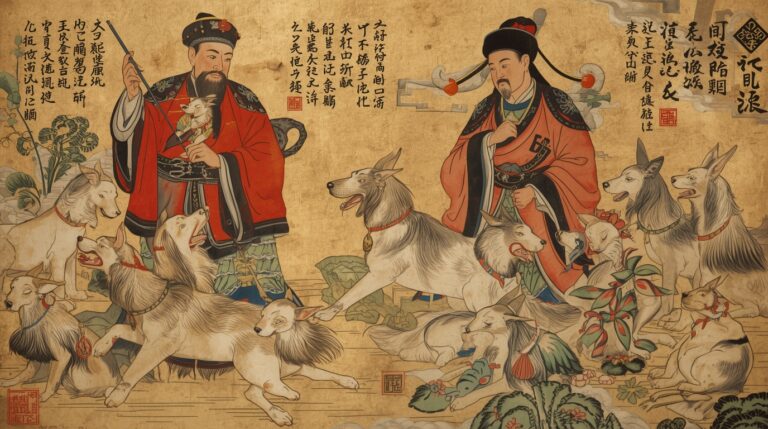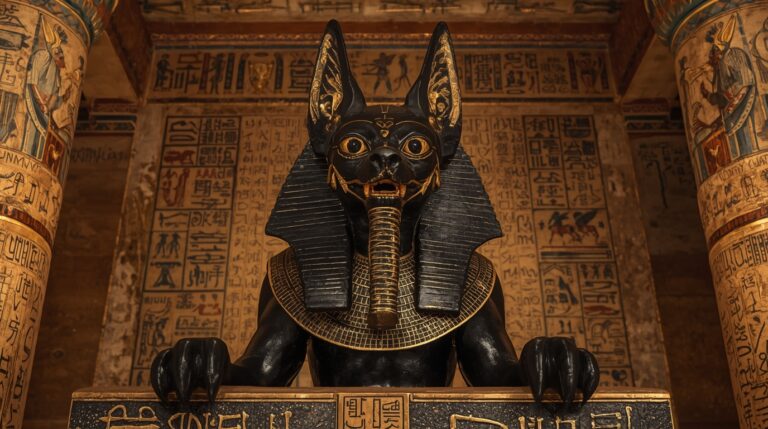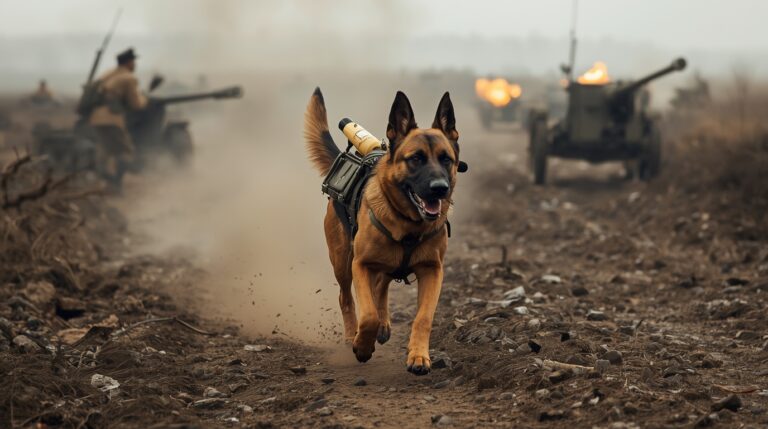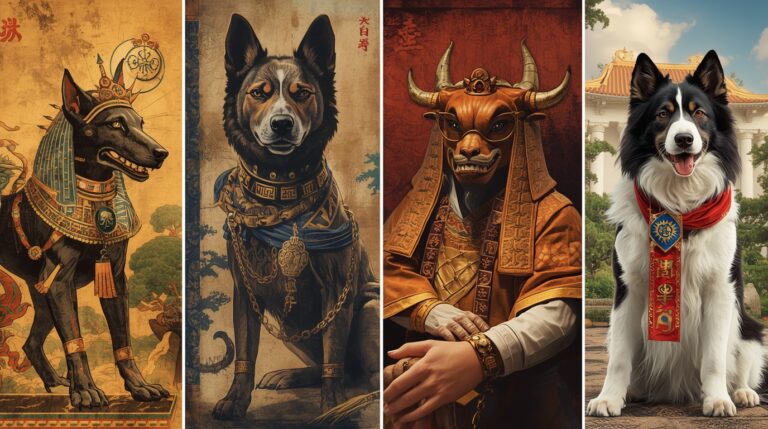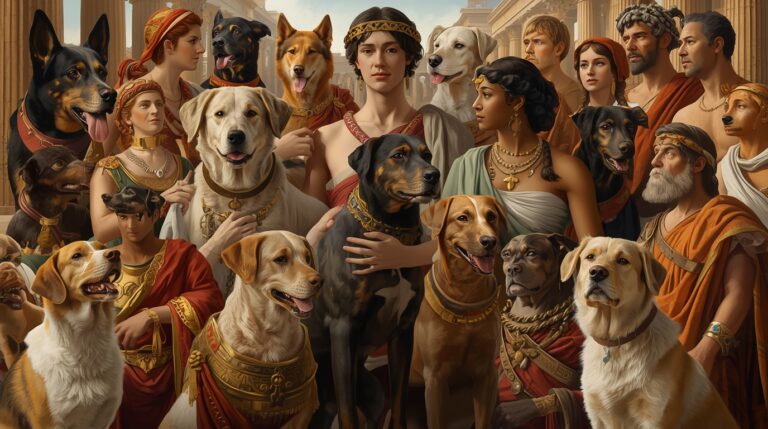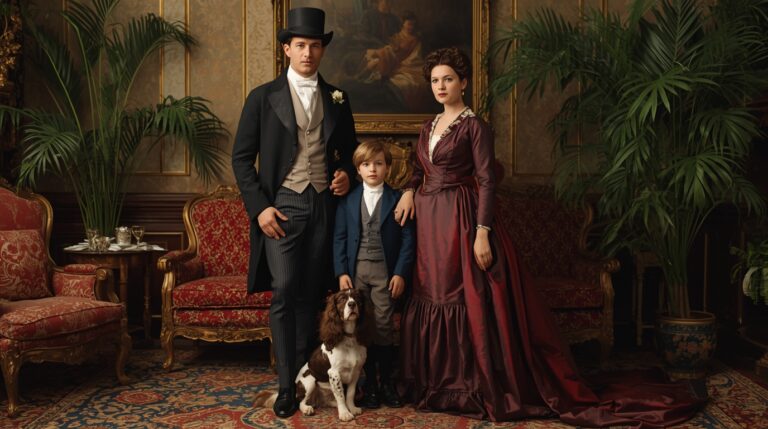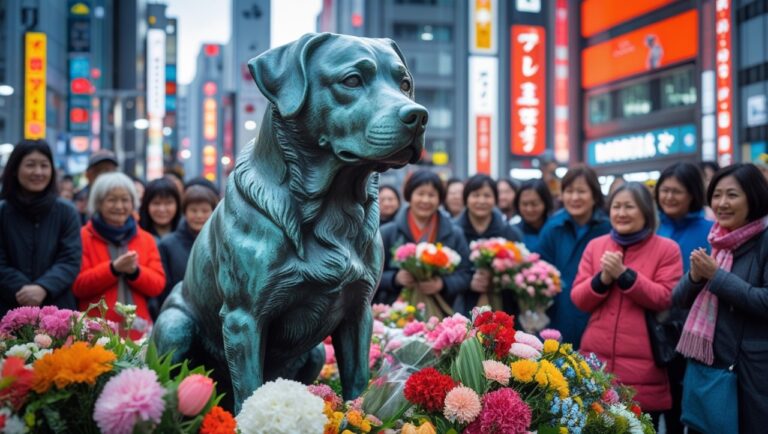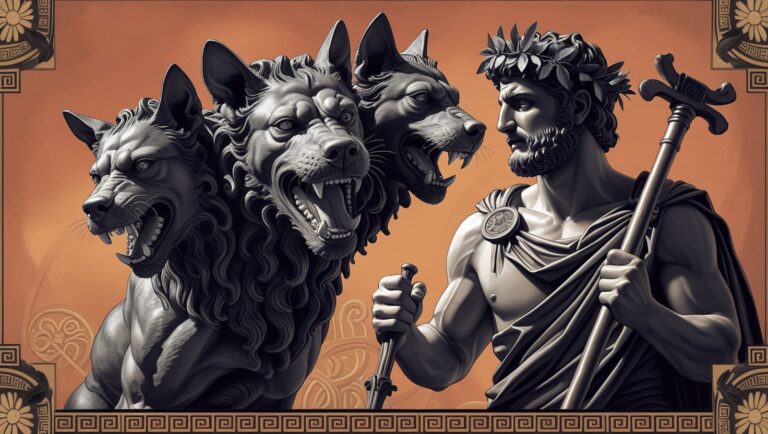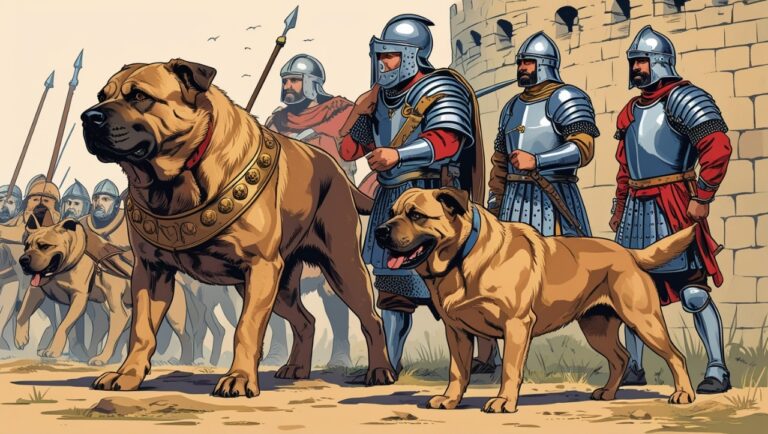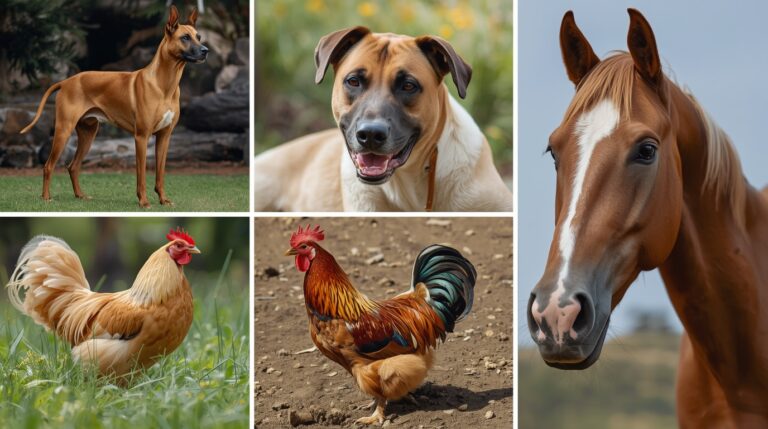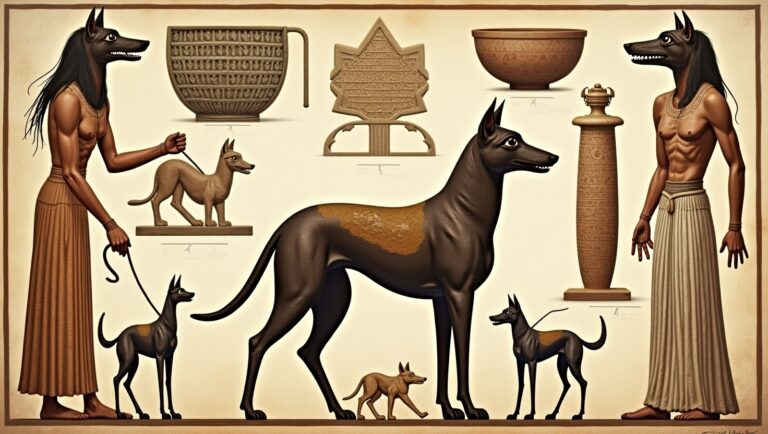Dogs in Ancient China and the Tang Dynasty
Introduction: Canines in the Ancient Chinese World Dogs have occupied a special place in Chinese civilization for over 7,000 years. In Ancient China, and especially during the Tang Dynasty (618–907 CE), dogs were revered not just as pets but as symbols of loyalty, protection, and even divine energy. Their presence spanned palaces, temples, marketplaces, and…
